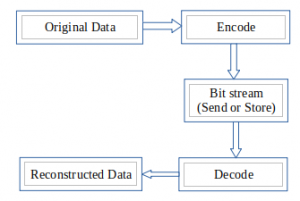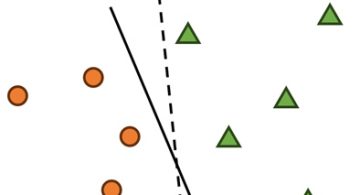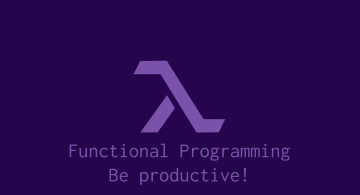開発
Why modern technology is unimaginable without data compression?
ATIQUR
Modern daily life activities result in a huge amount of data, which creates a big challenge to store it in a limited storage or to send them through the restricted bandwidth over the Internet. As an example, communication through the internet is increasing; particularly video calling for which sending a massive amount of data over the internet is a big problem. Moreover, distance and latency are two major factors for transmission data where latency represents a network delay. What happens if the data is not compressed is explained by an example here.
Video is a series of still images or frames passed per second and a color image contains three panels: red, green and blue. A traditional movie camera normally accepts 24 frames per second. However, the modern video standards allow 120, 240, or 300 frames per second. Suppose you would like to send or store a three-hour color movie file of 1500 × 1500 dimension and 300 frames are passed in every second. It takes approximately (1500 × 1500 × 3 × 8 × 300 × 3*60*60) bits = 20368.0247 gigabytes storage if a pixel is coded in 8 bits, which is a sizably voluminous challenge to store in a local computer or send over the cyber world. Here, 3 is the number of channels (red, green and blue) of a color image.
Even though Taiwan uses the world’s maximum average broadband connection speed (85.02 MB/s), will take approximately 2.8393 days for downloading the file without considering distance and latency factors. On the other hand, the world’s lowest average broadband connection speed (0.38 MB/s) used by Yemen will take around 1.7404 years to download the file in the same case. Thus, modern technology is unimaginable without data compression. The general block diagram is given below for data encoding and decoding:

 2024/01/05
2024/01/05 2023/08/18
2023/08/18 2023/07/14
2023/07/14 2023/05/12
2023/05/12 2023/04/21
2023/04/21 2023/04/19
2023/04/19 2023/03/24
2023/03/24 2022/12/23
2022/12/23